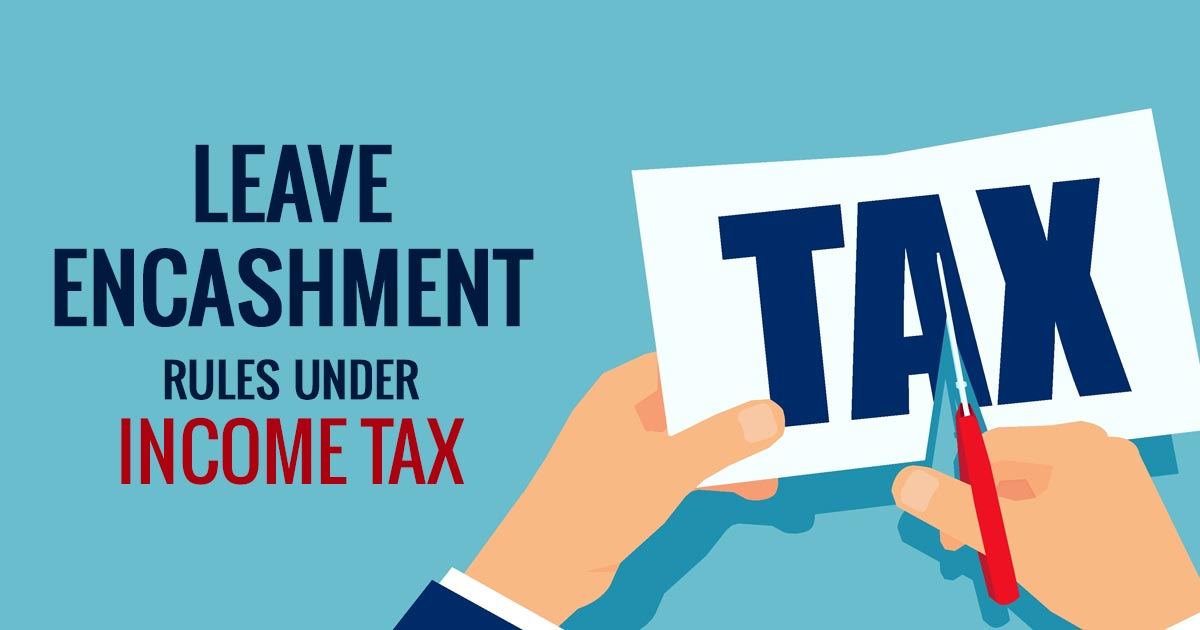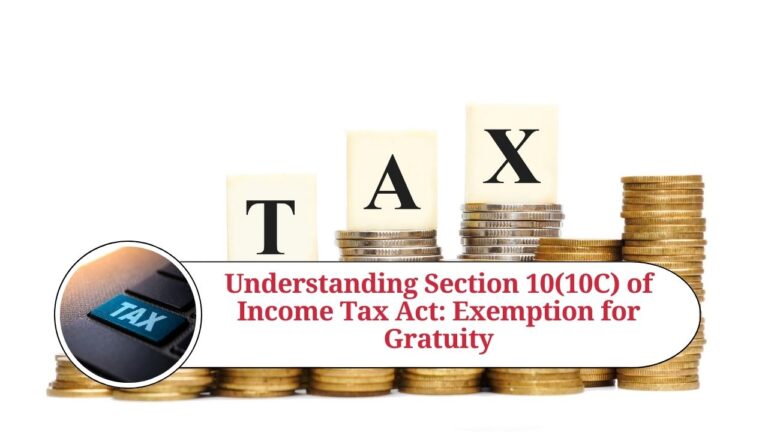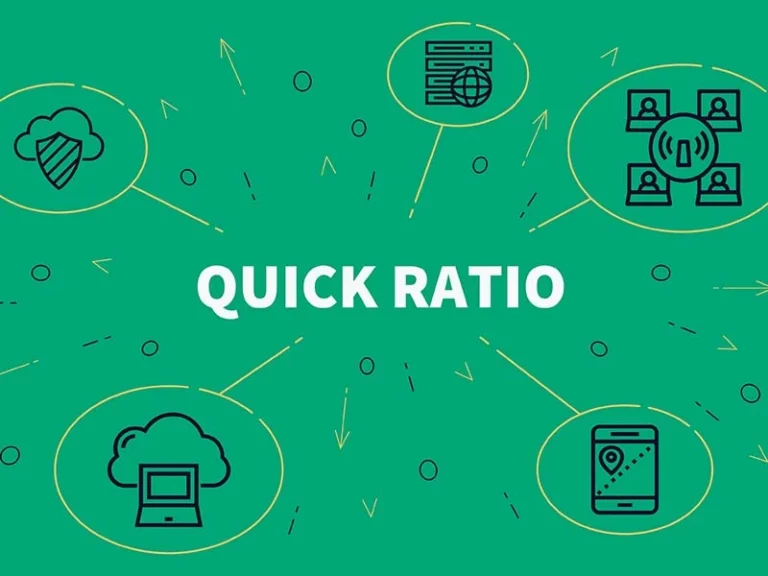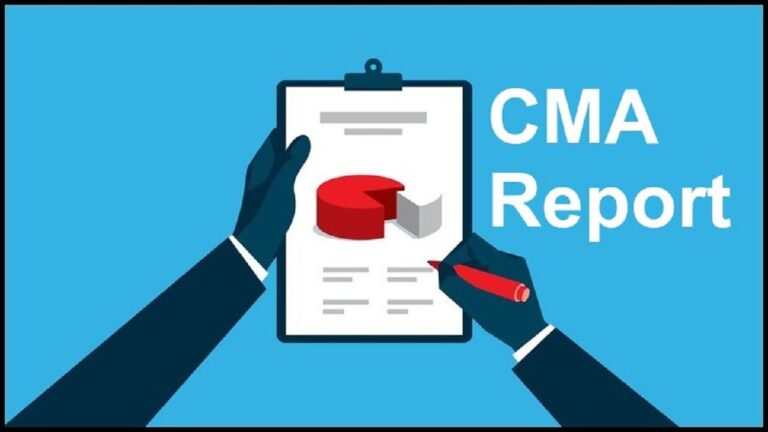Understanding Income Tax on Leave Encashment: A Comprehensive Guide2024
Leave encashment is a critical aspect of employee benefits, providing financial compensation for unused leave at the time of retirement or resignation. Understanding the tax implications of leave encashment is essential for both employees and employers. In this blog, we will delve into the nuances of income tax on leave encashment, leveraging relevant data and ensuring the content is SEO-compliant. www.smarttaxsaver.com
What is Leave Encashment?
Leave encashment refers to the payment received by an employee for the accumulated leave that they have not utilized. This amount is typically disbursed during the time of retirement, resignation, or termination. The tax treatment of leave encashment varies based on whether the employee is a government or non-government employee.
Income Tax on Leave Encashment: Key Points
Government Employees:
As per Section 10(10AA)(i) of the Income Tax Act, any leave encashment received by an employee of the Central Government or a State Government at the time of retirement (whether on superannuation or otherwise) is fully exempt from income tax.
Non-Government Employees:
- For non-government employees, Section 10(10AA)(ii) states that leave encashment is exempt from tax to the extent of the least of the following:
- The actual amount received.
- Leave encashment for up to 10 months of leave, calculated based on the average salary of the last 10 months preceding the retirement.
- The amount specified by the Central Government (currently ₹3,00,000).
- Any payment received in excess of the specified limits is taxable as salary income.
Calculating Leave Encashment
To calculate leave encashment, use the following leave encashment formula:
Leave Encashment Amount=(Last drawn salary30)×Number of days of unutilized leaveLeave Encashment Amount=(30Last drawn salary)×Number of days of unutilized leave
Here, the “last drawn salary” includes basic salary, dearness allowance, and any commission based on a fixed percentage of turnover achieved by the employee.
Leave Encashment Rules
The leave encashment rules for tax exemption are as follows:
Government Employees:
Full exemption on leave encashment received at the time of retirement.

Non-Government Employees:
Exemption up to ₹3,00,000, subject to conditions mentioned above.
Retirement Types:
Applies to retirement on superannuation or otherwise.
Leave Travel Allowance (LTA) in Salary
Leave Travel Allowance (LTA) is another crucial component of an employee’s salary, providing tax benefits on travel expenses incurred for vacations. While LTA itself is not directly related to leave encashment, it is an essential part of salary structuring and tax planning.
Practical Example
Let’s consider an example for a non-government employee:
- Last drawn salary: ₹50,000 per month
- Unutilized leave: 60 days
- Calculation:
Leave Encashment Amount=(₹50,00030)×60=₹1,00,000Leave Encashment Amount=(30₹50,000)×60=₹1,00,000
- The exemption will be the least of the actual amount received (₹1,00,000), leave encashment for 10 months (₹50,000 * 10 = ₹5,00,000), or ₹3,00,000.
- Therefore, the exempt amount is ₹1,00,000, as it is the least.
Frequently Asked Questions (FAQs)
1. What is leave encashment?
Leave encashment is the payment received by an employee for the accumulated leave that they have not utilized. This is usually given at the time of retirement, resignation, or termination.
2. How is leave encashment taxed for government employees?
For government employees, leave encashment received at the time of retirement is fully exempt from income tax.
3. How is leave encashment taxed for non-government employees?
For non-government employees, leave encashment is exempt up to ₹3,00,000 or the actual amount received or leave encashment for up to 10 months of leave, whichever is less.
4. What is the leave encashment formula?
The leave encashment formula is: Leave Encashment Amount=(Last drawn salary30)×Number of days of unutilized leaveLeave Encashment Amount=(30Last drawn salary)×Number of days of unutilized leave
5. What components are included in the last drawn salary?
The last drawn salary includes basic salary, dearness allowance, and any commission based on a fixed percentage of turnover achieved by the employee.
6. What is Leave Travel Allowance (LTA)?
LTA is a component of an employee’s salary that provides tax benefits on travel expenses incurred for vacations.
7. Can leave encashment be received during service?
Yes, leave encashment can be received during service, but it is fully taxable in such cases.
8. Is leave encashment on resignation taxable?
Yes, leave encashment on resignation is taxable for non-government employees, subject to the exemptions mentioned.
Conclusion
Understanding the intricacies of income tax on leave encashment is crucial for effective tax planning and maximizing your benefits. Whether you are a government or non-government employee, knowing the leave encashment rules and calculation methods can help you make informed decisions.
For more detailed and personalized advice, considerwww.smarttaxsaver.com consulting with a tax professional.1




